On View
Munich Says Its Art Scene Doesn’t Get Enough Attention. Can a New Gallery Share Program Change That?
The first edition of Various Others shows promise.
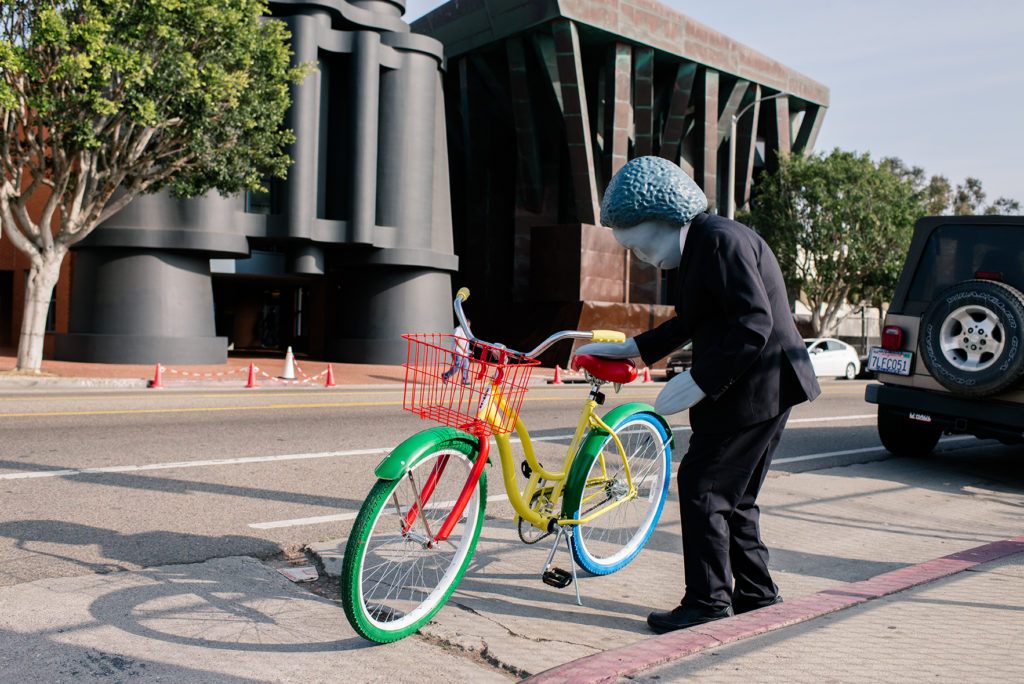
The first edition of Various Others shows promise.

Kate Brown

At the kickoff party for Various Others, Munich’s answer to the increasingly popular gallery share concept, dealer Jo van de Loo welcomed a boisterous crowd. “Munich is caught in a Bermuda Triangle between Berlin, Basel, and Vienna,” he announced. He said he and his fellow art professionals had grown tired of being overlooked by the noisier centers of Europe.
In some ways, this complaint seems a bit odd, considering Munich’s rich cultural scene. The region is wealthy, the collectors are present, and—unlike in many other cities—they actually visit and buy directly from their local galleries. Nevertheless, Van de Loo’s metaphor was a bit of a catchphrase for Various Others, in which 11 galleries and project spaces opened their doors and hosted, well, various others from cities across Europe.
It’s true that Munich is not like Berlin, Basel, or Vienna—and the founders of Various Others are fine with that. That’s why the group (which includes Stefan Fuchs of Loggia, Matthias Kunz of Galerie Sabine Knust, Leo Lencsés of the Goetz Collection, and Van de Loo) sought to tweak the format of the gallery share to suit their particular city.
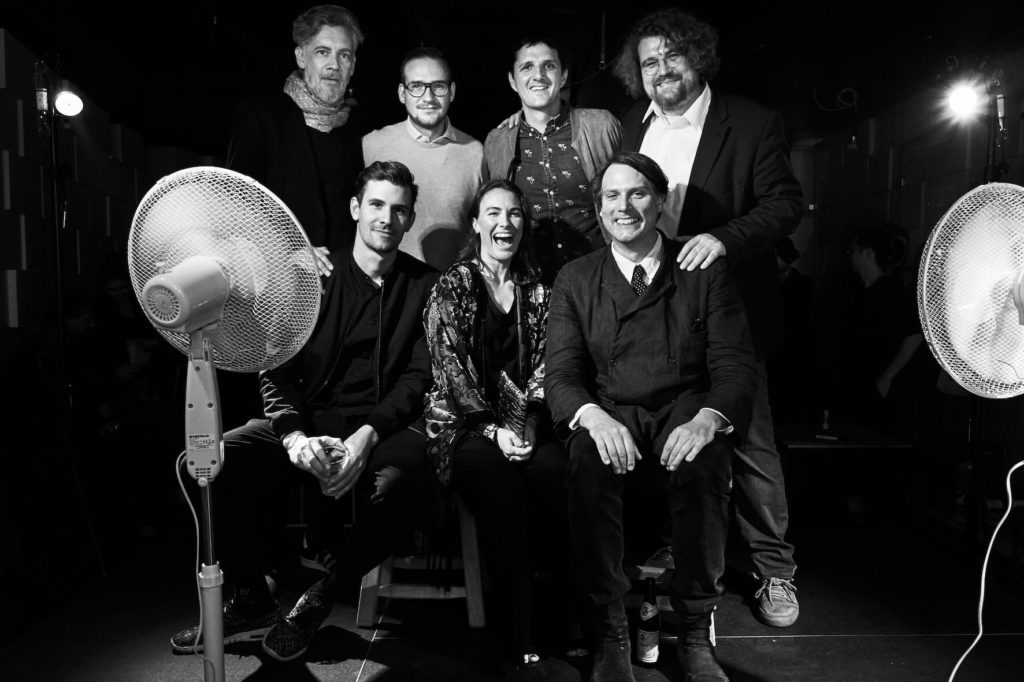
Group photo of the founders of Various Others with Gregor Hildebrandt during launch event in 2017. From left to right, back row: Matthias Kunz, Matthias Jahn, Johannes Sperling, Jo van de Loo. Front row: Tim Geissler, Nina Neuper, Gregor Hildebrandt. Not in the picture are founders Leo Lences and Verena Hein. Photo by Jann Aververser.
So what does a Munich-made gallery share look like? Instead of a simple Condo-style space swap, the co-founders established the world’s first cooperative project among galleries, alternative spaces, and museums in order to take advantage of the city’s rich institutional landscape. Another major difference: there was no fee for attending galleries. Instead, each gallery and project space was free to offer its own playful interpretation of the concept—a freewheeling approach that at times edged on confusing, but in most cases resulted in refreshing and unique shows.
Berlin’s Contemporary Fine Arts’ presentation of bronze sculptures by Danish artist Tal R in the lush rooftop garden of Rüdiger Schottle fell neatly into the latter category. Meanwhile, founders of the project space Loggia invited the Vienna-based, artist-run project space Garret Grimoire; in a witty twist, its founders opted to show their own work.
The biggest gallery on the bill, Hauser & Wirth, had perhaps the smallest footprint. In the coming weeks, it will show a film by artist Andy Hope 1930 at Galerie Christine Mayer’s space. (They co-represent the artist.)
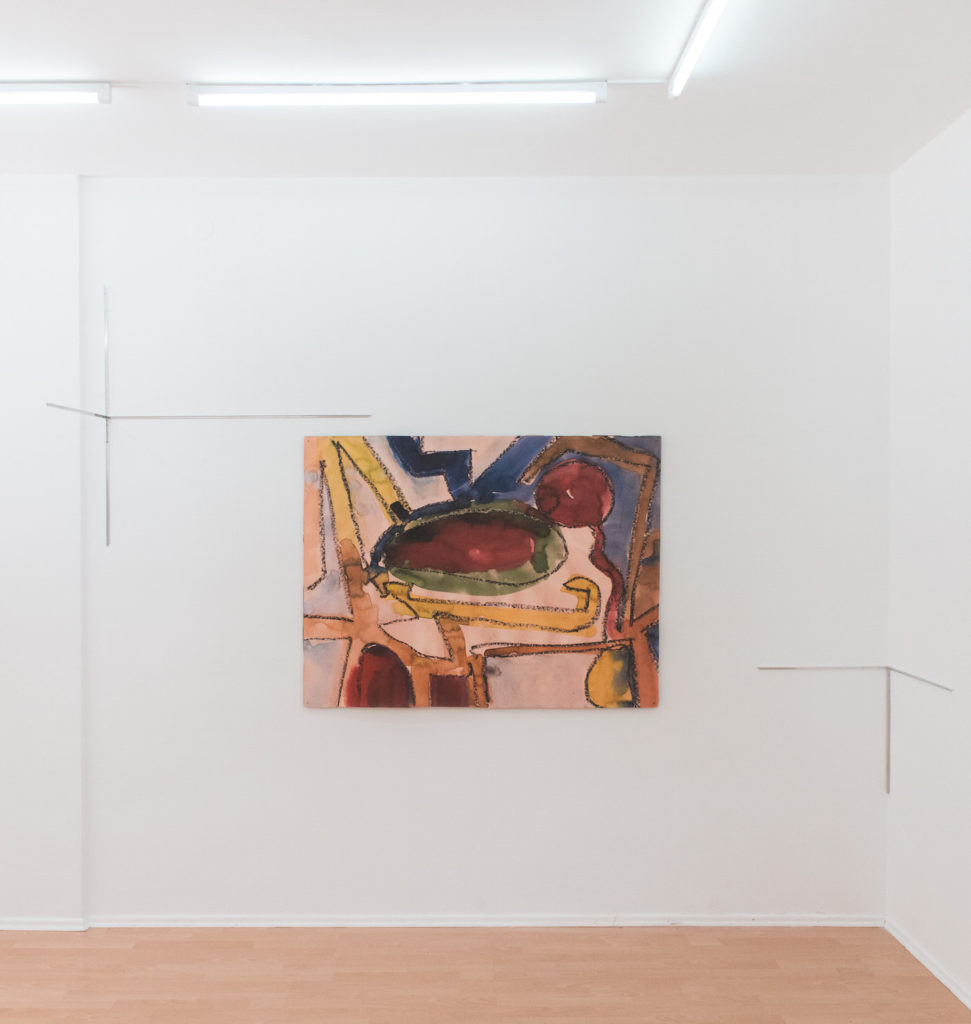
Loggia hosting Garret Grimoire (Ari Sariannidis (left and right) and Lennart Schweder (center)).
Several dealers sought to create a group-show like atmosphere by inviting multiple galleries to share their walls. At Galerie Sperling, Berlin’s Future Gallery and Warsaw’s Piktogram brought one artist each (Spiros Hadjidjanos and Zuza Golinska) to show alongside Sperling’s Anna Vogel.
It looked effortless, because it was. “It’s easy to work together because we’re friends,” Future’s Mike Ruiz told artnet News at the opening. By the end of the evening, both visiting galleries had met new collectors and each had sold at least one work to a new client.
The gallery Jahn und Jahn presented a thematic show focused on Eastern Europe and hosted Galerie Max Hetzler and Lateral ArtSpace. On opening night, the visiting artist Navid Nuur created his work for the show: a giant smoke bomb of multi-colored pigments blown onto the wall. Romanian artist Lucian Indrei presented another site-specific work in the form of hammered holes in the gallery walls, which were then covered up with a photograph that depicted a one-to-one version of the damaged expanse behind it.
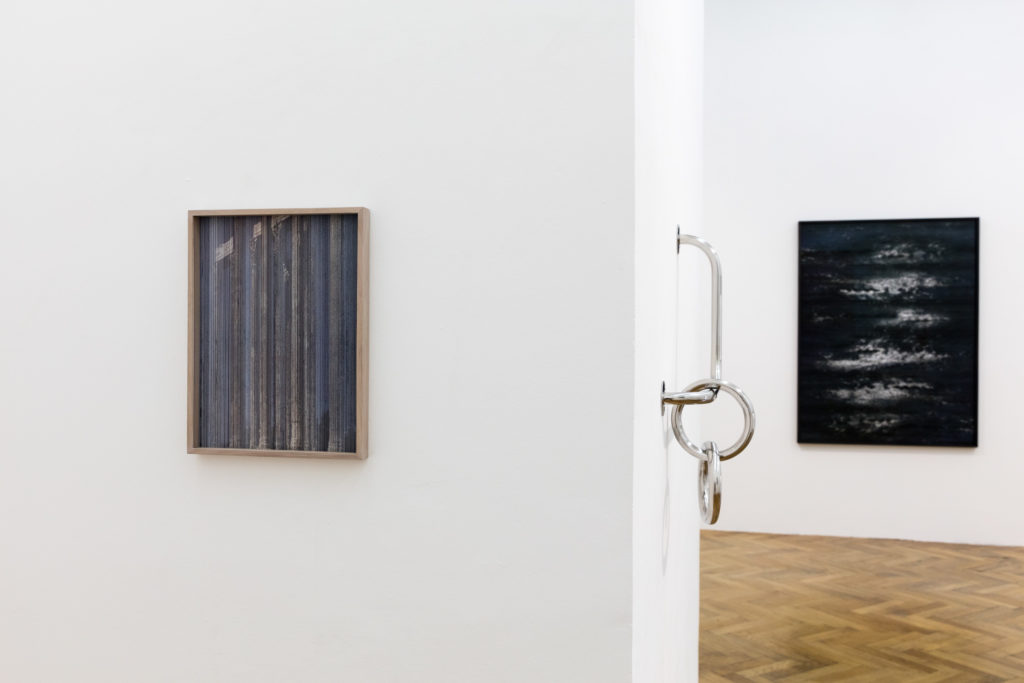
Installation views of Anna Vogel and Zuza Golinska at SPERLING, hosting Future Gallery from Berlin and Piktogram from Warsaw. Photo: Sebastian Kissel.
These days, most galleries are better known for their participation in the international fair circuit than via actual footfall in their galleries. But the monotonous white booth backdrop does not do much to animate the art—or the dealer’s point of view. The value of visiting a dealer in situ was made clear on the winding drive out of the gallery district to Deborah Schamoni’s multi-level home and gallery surrounded by forest. The natural setting and post-modern architecture offered a delightfully unexpected backdrop for work from her guest, London gallery Project Native Informant, which showed a selection of artists including DIS collective.
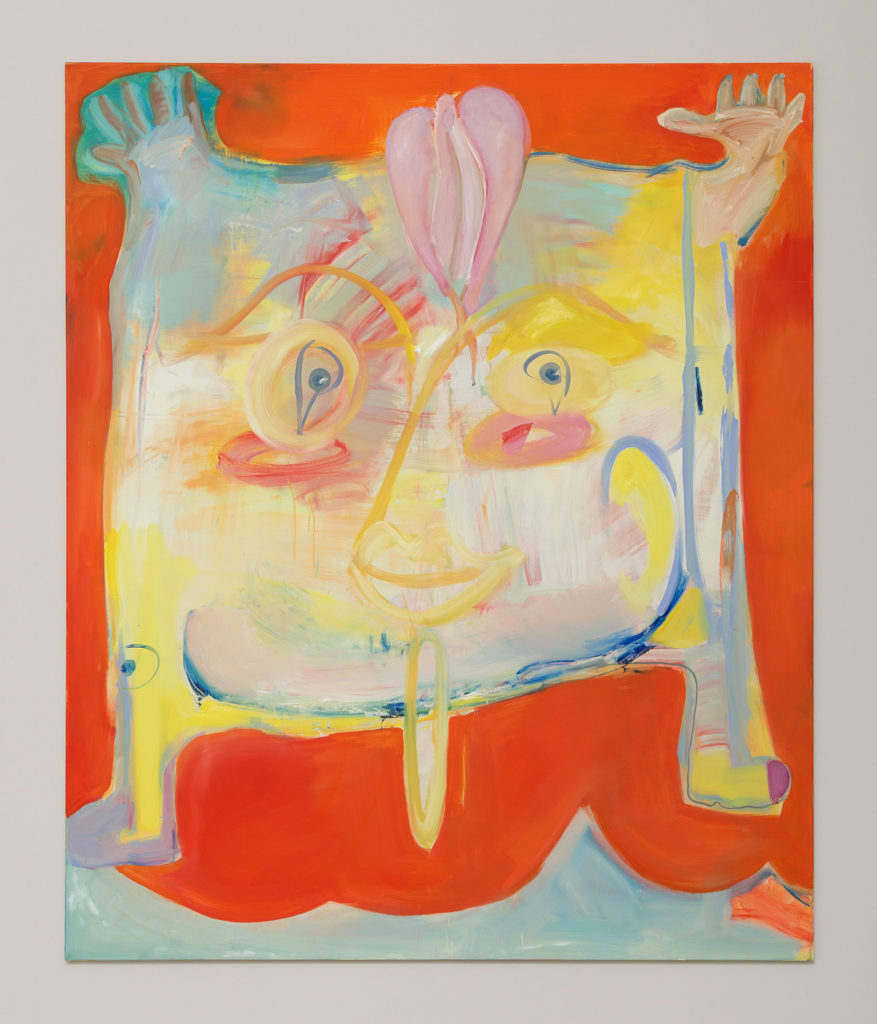
Aileen Murphy, Gauntlet, (2018). Courtesy the artist and Deborah Schamoni.
All over the city, visiting gallerists were impressed, if not a bit floored, by Munich’s collector foot traffic. Local customs also took some by surprise: One visiting dealer expressed skepticism at having the price list prominently visible beside the press release. But this, apparently, is just how Munich’s art scene works.
And it seems to be having the desired effect. While participants in Condo and other alternative fair formats are often cagey about sales, insisting that camaraderie is a far more important measure of success, Munich seemed clear-eyed about the importance of commercial traction. “Sales were made, visitors keep appearing in the last two days, and collectors who had not been able to come call in,” said gallerist Matthias Kunz. “Various Others opened a new level of discourse and curiosity.”
As for the nine Munich museums that lent their names to the bill, their energy felt somewhat less present in the opening days. Though officially on board with Various Others and hosting talks aligned with the gallery exhibitions, the institutions’ support felt more symbolic than anything else. On opening weekend, Kunstverein München was closed, while the Haus der Kunst press department did not immediately seem to know what Various Others was.
Nevertheless, Haus der Kunst unveiled a groundbreaking and sprawling exhibition by German painter Joerg Immendorff the night before Various Others. Immendorff’s monumental canvases covered the walls of the scandal-ridden institution like spectacular church windows, offering an account of recent German history.
As gallerists increasingly turn to art-fair alternatives over traditional selling events, Various Others represents a good model for other cities like Munich, which enjoy strong institutional landscapes and supportive collector bases. And the museums may well catch up in future editions. After all, their success is interconnected: An artist showing at a gallery or alternative space might one day end up as the subject of an expansive survey at a museum down the street.
Various Others runs until October 21 at locations across Munich.
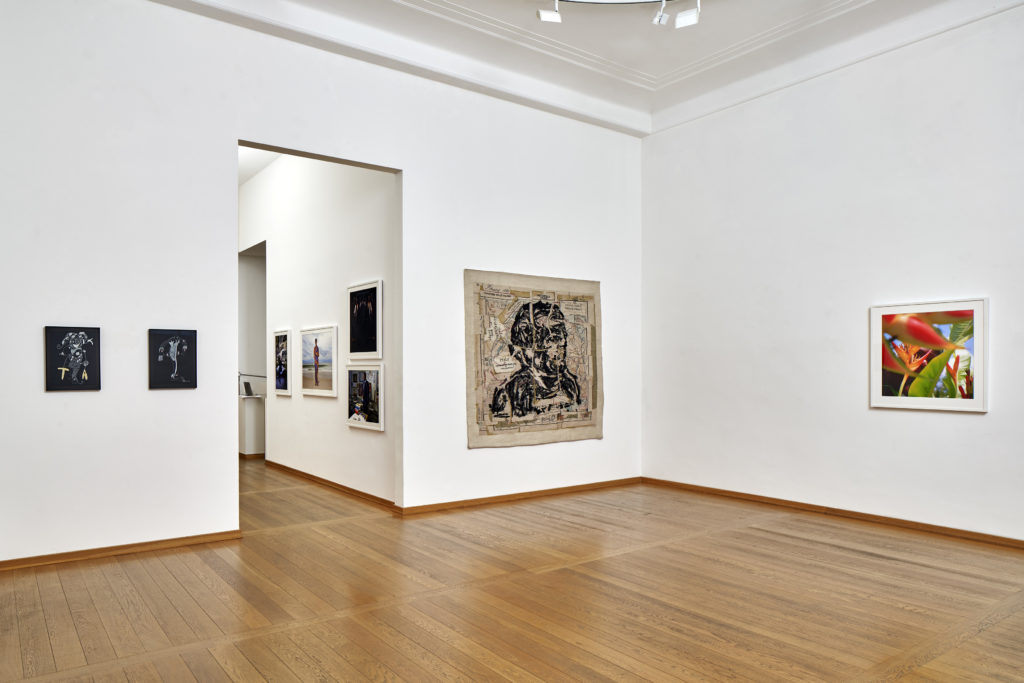
Ernest Dükü, Elia Alba, William Kentridge, Isaac Julien in “0.10 RELOADED” at Galerie Sabine Knust.
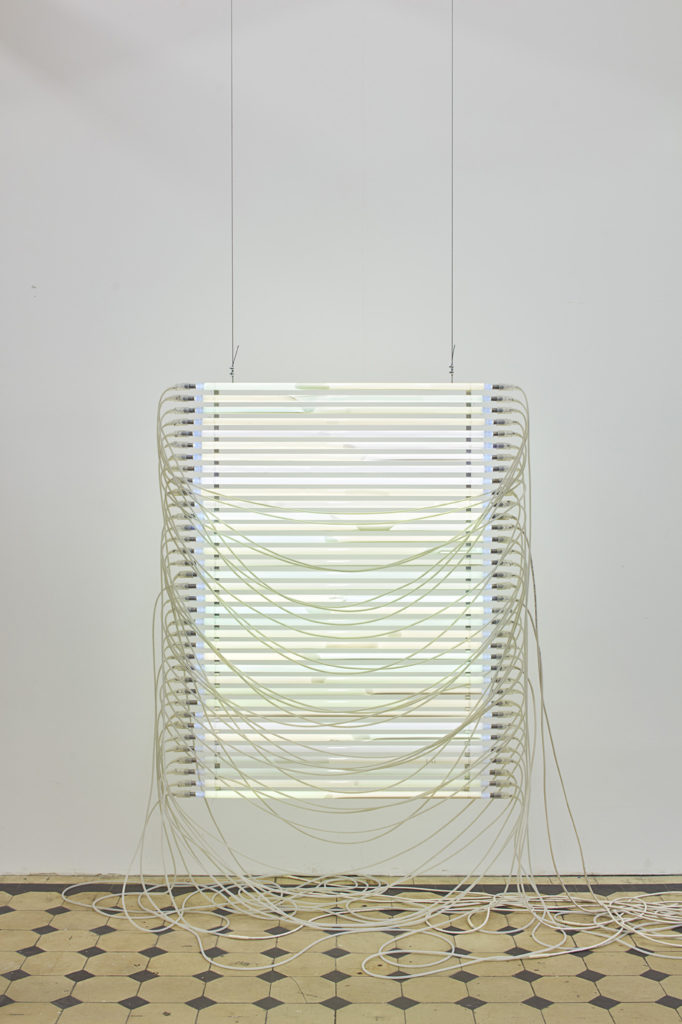
Nina Canell Satin Ions (Weak) (2017). Photo: Nick Ash. Courtesy the artist and Galerie Barbara Wien, Berlin.
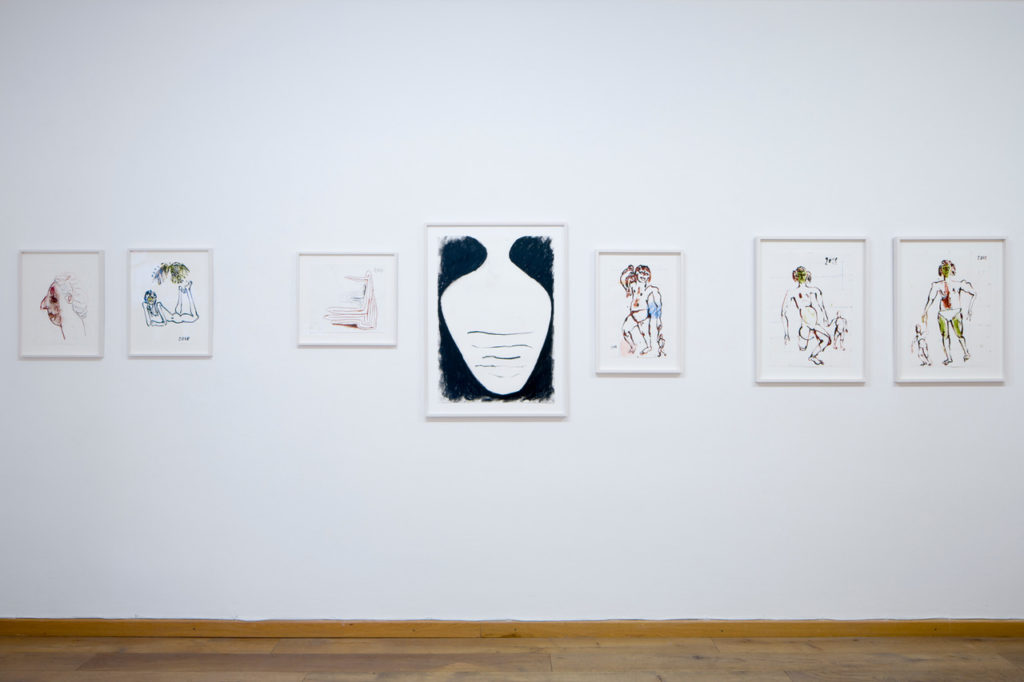
Josef Zekoff at knustxkunz, hosting Harpune Verlag.
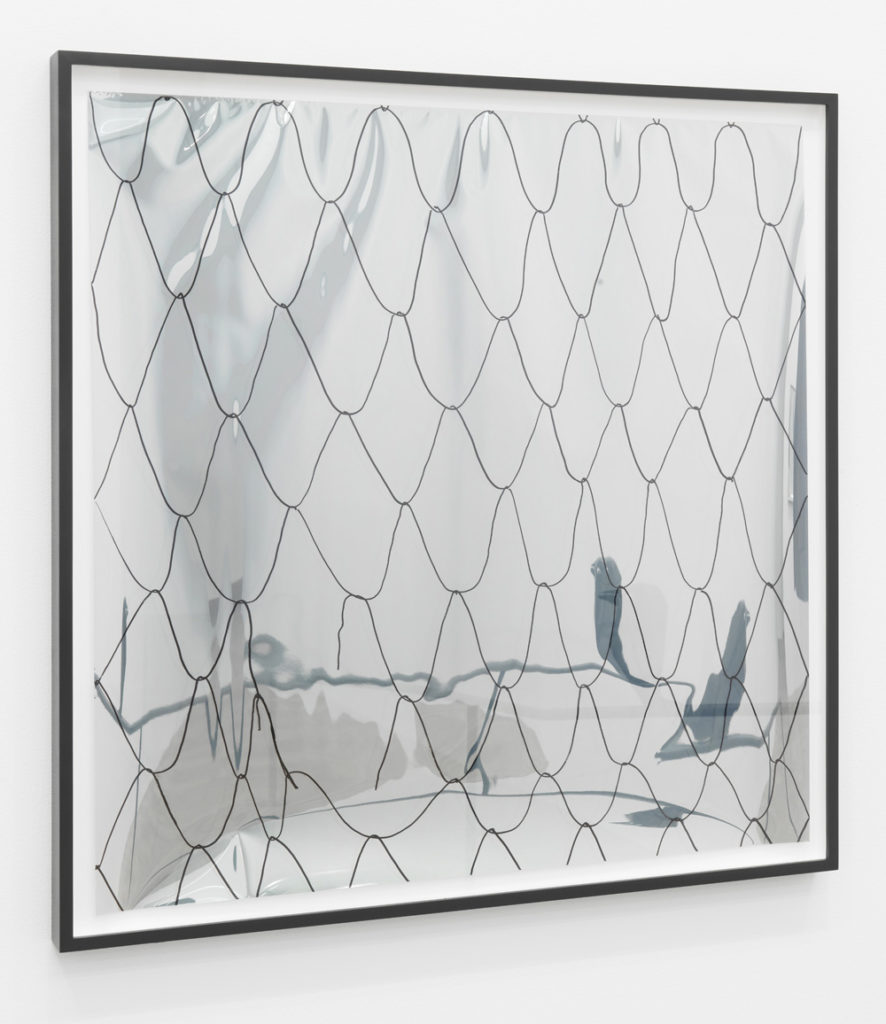
Judith Hopf, No Title (Net on Mirror Foil 1) (2014). Courtesy the artist and Deborah Schamoni.
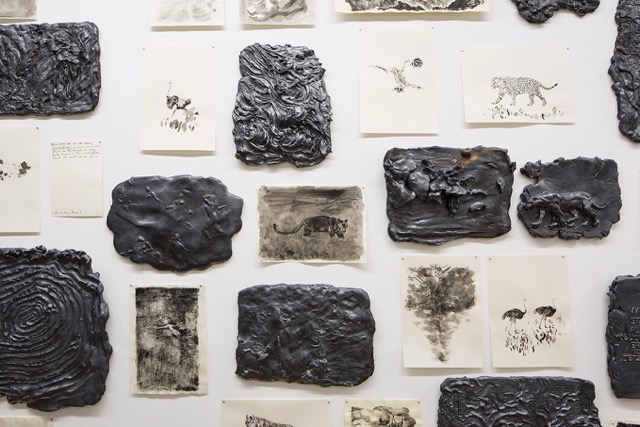
Installation view of Andreas Chwatal at Jo Van De Loo hosting Corvi-Mora.
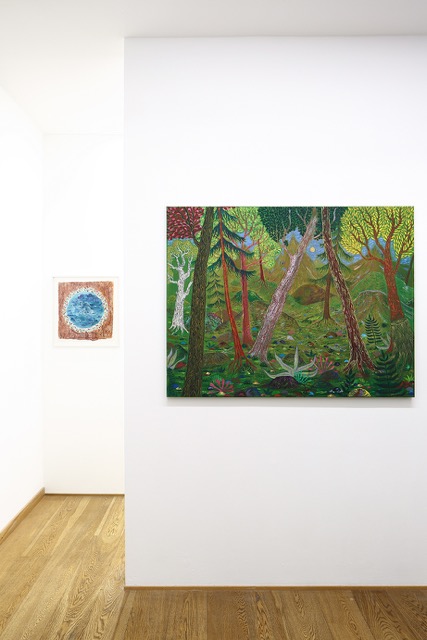
Installation view of Abel Auer at Jo Van De Loo hosting Corvi-Mora.
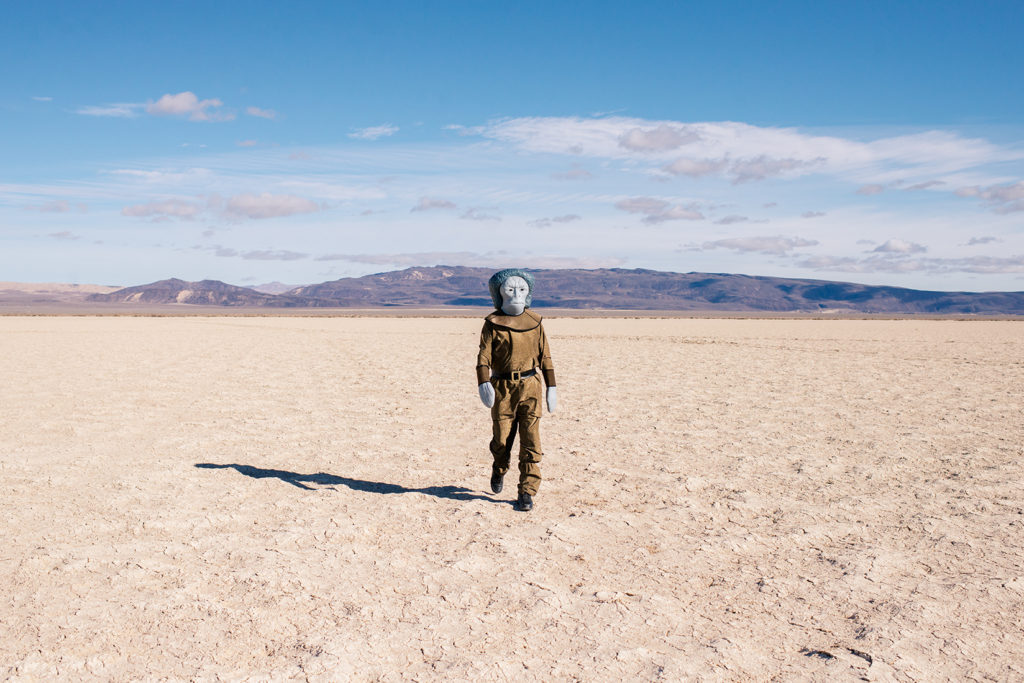
Andy Hope, 1930, Vertical Horizon, 2017, production still, Photo Mike Lopez.

Tal R Strawberry (2006). Photo: Ulrike Boehm. Courtesy of the artist and CFA Berlin Background: Martin Creed, Work No. 1677 (2013). Photo: Ulrike Boehm. Courtesy Galerie Rüdiger Schöttle.
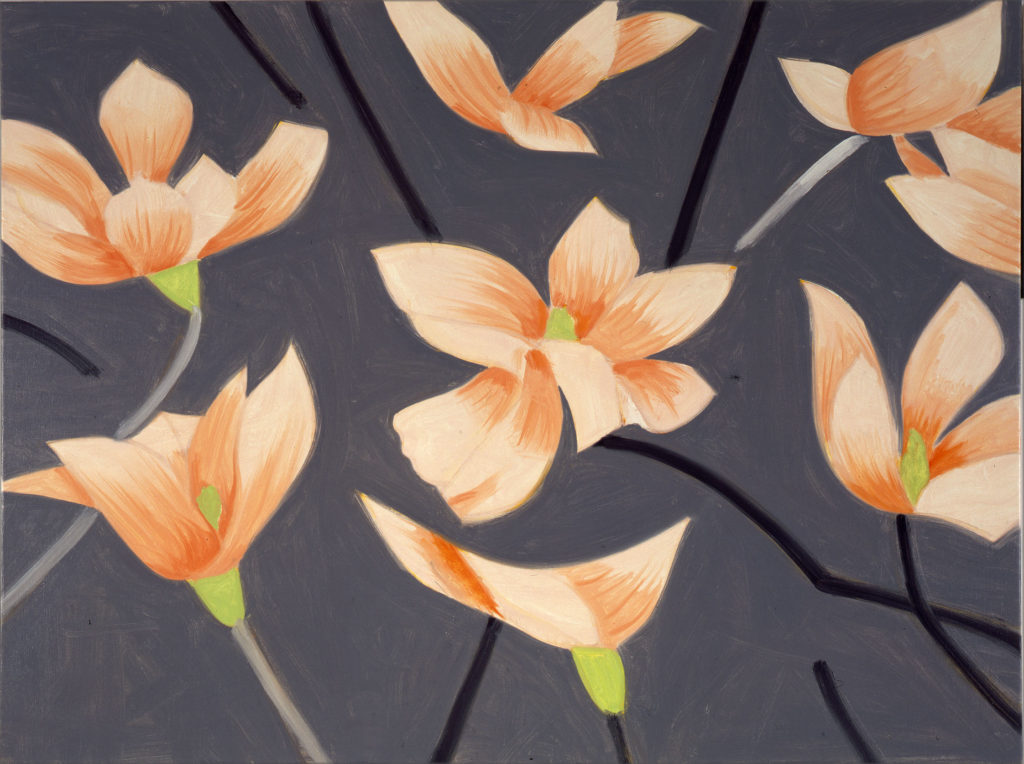
Alex Katz, Magnolia (2002). © VG Bild Kunst Alex Katz, Courtesy Galerie Klüser.

Jörg Immendorff Wo stehst du mit deiner Kunst Kollege (1973). © Estate of Jörg Immendorff. Courtesy Galerie Michael Werner Märkisch, Wilmersdorf, Köln, New York.